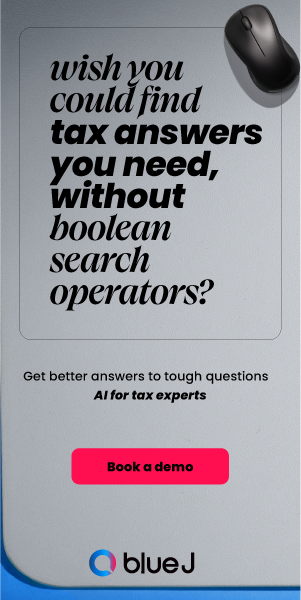3 ways to build engagement during the annual budget process

Corporate CPAs must change the perceptions of non-financial departments about the budget and forecasting process, says Gavin Rouble of The 2% Factor
TORONTO, April 10, 2018 – How do you get non-financial departments to engage in the budget process when they have lost interest? As a Chartered Professional Accountant myself, I witnessed the challenge myself in my corporate accounting career as a CFO, prior to finding the answers through the professional mastery of The 2% Factor.
In my view, those who show frustration or apathy do so because of how they perceive the planning process. With the following three proven professional mastery strategies strategies, you can change their perception, and change the outcome to the betterment of all involved:
 |
Gavin Rouble, CPA, CMA, of The 2% Factor. |
1. Be proactive and explain “what’s in it for me.”
Perhaps the most common reason non-financial employees do not engage in the budget process is they don’t understand how the budget is of value to them. Now, some readers may be thinking, “But Gavin, we send out a lot of information about the budget, and still those other guys aren’t engaged.”
Perhaps, but for CPAs who spend their days documenting policies, strategies and transactions, the quantity of information provided is rarely the problem. It’s the quality of information. CPAs are technical thinkers and it’s often apparent in the way we communicate.
I suspect that at least 80 per cent of the typical communications from finance departments during budget time focus on answering “what” and “how.” What are the guidelines? What are the due dates? How to calculate increases in wages. And so on.
While these questions are important, they do not create engagement because they fail to first answer the “why” questions. Why should I bother committing my scarce time and energy to creating the budget? Why should I care?
Take the time to answer the question, “What’s in it for me?,” as a way of “pre-selling” the benefits of the budget process. Investing time and energy in this step will be recovered later in the process when less follow-up and fewer revisions are required.
2. Understand the interaction and accept your role in it.
This one may require some CPAs to swallow a hard pill. If you feel that other departments aren’t engaged in the budget process, you need to reflect honestly on what you may have done to cause that disengagement.
Every interaction we are involved in, whether it be as individuals or departments, is the result of how each party perceives the words, behaviours and actions of the other. This implies that, even when we conclude we did and said nothing wrong, we may have unintentionally caused the problem.
In other words, the disengagement may have been caused not by what you said, but by what was heard. When this is the source of the disengagement, it can easily be remedied by openly, honestly and respectfully discussing with the department in question why they are disengaged.
If it turns out that they heard or perceived something you did or said differently than you intended, don’t let your pride get in the way by defending or justifying what you said or did. Accept their perspective as valid and then clarify.
The action itself of creating this invaluable dialogue will not only demonstrate your desire to partner with the other department to support them in the completion of their budget, it will also open the door for a more collaborative approach to budgeting in the future.
##professional-mastery-program##
3. If I can, I will.
When budget requests are met with an immediate “no,” it doesn’t take long for the managers making those requests to become disengaged with the entire process. “What’s the point?” becomes the dominant attitude.
However, it is when other managers feel their budgetary needs will not be accommodated that they will seek ways outside of the formal planning process to get what they need. Not only can this create conflict between operational departments and finace staff that are just trying to do their jobs but also it is entirely unnecessary.
All that is required to prevent this source of disengagement is for finance staff to listen to what the needs of the other departments are and then take the “If I can, I will” approach. This means saying “yes” and accommodating the expressed needs if at all possible.
Don’t be afraid to be creative. Look for ways to accommodate budget requests in unconventional or innovate ways that allow operational departments to achieve their desired outcome or goal while still staying within your budget guidelines.
This process is made simpler by focusing on the “what” (the desired outcome of the request) rather than the “how” (how the department achieves that outcome). The following questions may help with this:
• What should be done to meet their operational needs?
• Will the budget accommodate this?
• If not, what could be done as an alternative to meet their needs?
Few departments care how their needs are met … so long as they are. The true value of CPAs is revealed when we are able to find ways to accommodate the needs of other functional departments in innovative and highly effective ways.
Creating Change From Within
When you begin to suspect that other departments are not sufficiently engaged in the budget planning process, you must examine your own actions and behaviour first to find the possible source of disengagement.
In most cases, the power to resolve and re-engage with others lies, not in the others changing, but in making a few simple changes to our own actions and behaviours. These are, after all, the only things we have the professional mastery to change.
Gavin Rouble MA, CPA, CMA, is an author, former CFO, and co-founder of The 2% Factor, pioneering an uncommon common sense approach to creating amazing workplace relationships. Gavin can be reached at gavin@the2percentfactor.com.










(0) Comments